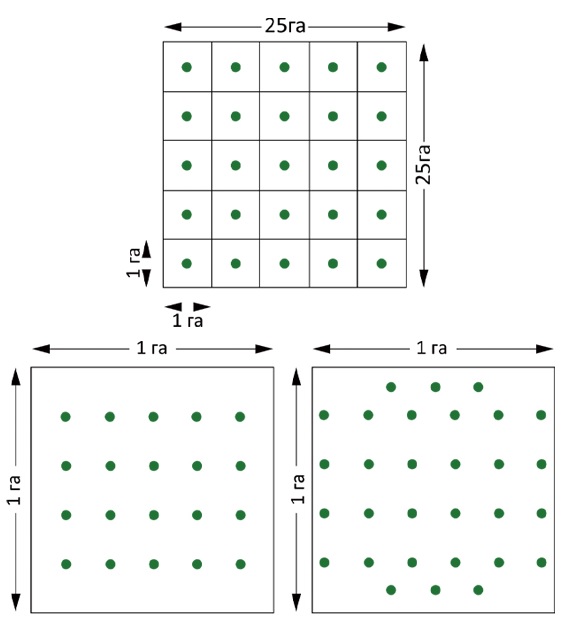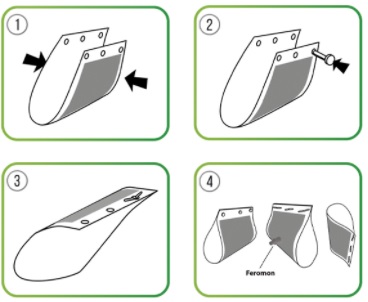Catalogue of traps and pheromones
Download traps and pheromones list

Download document
1.02 mb
Is one of several species of whitefly that are currently important agricultural pests. This species of whitefly is a particularly devastating pest because it feeds on over 500 plant species. They feed on plant juices. They usually stick to the lower surface of the leaves. Depending on the temperature, during the growing season, development is observed from 1 to several generations, on average 3. Under favorable conditions, they can develop all year round, in this case the number of generations per year increases greatly (10-15 and more). Oviposition begins in spring with the onset of stable warm weather. In warm climates, or in greenhouses, reproduction can occur year-round. Eggs on the plant usually are situated the underside of the leaves.

Female B. tabaci will lay 50 to 400 eggs under part of leaves. At 20-27 ° C and a humidity of about 70-90%, the number of laid eggs reaches up to 300-400 pieces. The female's lifespan is about 30 days.
Plants which are affected by the whitefly include: broccoli, cauliflower, cabbage, melons, cotton, carrots, sweet potato, cucumber, eggplants, okra, beans and cotton and pumpkin, and ornamental plants such as poinsettia, crepe myrtle, garden roses, lantana, and lilies. Other common plant damages of whitefly include: removing plant sap, breakdown of the leaves of the plant, and leaf shedding.

Proper use of Pheromone Traps:
The pheromone trap is designed to monitor and reduce pest numbers. In order to determine the population density of pest insects and to identify pest outbreaks (monitoring), it is recommended to use 1 trap per 1 ha.
The trap should be placed as near the culture at the middle of the plant. Prior to the first flight of the thrips, the traps must be checked on a daily basis, and after the first thrips have been captured, the traps must be checked every 5-7 days. Pheromone dispensers can be changed after 4-6 weeks and sticky tapes can be replaced when is full with pests and dust. Protective measures are based on the results of the monitoring of population density of pest insects.
Trap placement:
For mass capture and sterilization of males, it is recommended to have more than 20 traps per hectare in opened field. In case of a large number of pest insects use 30 traps per 1 ha in opened field. In greenhouses it is recommended to have more than 15 traps per hectare. In case of a large number of pest insects use 20 traps per 1 ha.


Download traps and pheromones list

1.02 mb
Review our catalogue of pheromons and semiochemicals by chemical name

525.1 kb